Creativity and technology have become inseparable partners, shaping our modern world in unprecedented ways. The integration of technology in creative pursuits has unlocked new realms of possibility, fueling innovation and transforming industries. However, amidst the marvels of technological advancements, concerns have emerged regarding the potential dark side of creativity with technology. The question arises: Is innovation killing originality?
The Case for Innovation Killing Originality
Replication Epidemic: Homogenization of Ideas
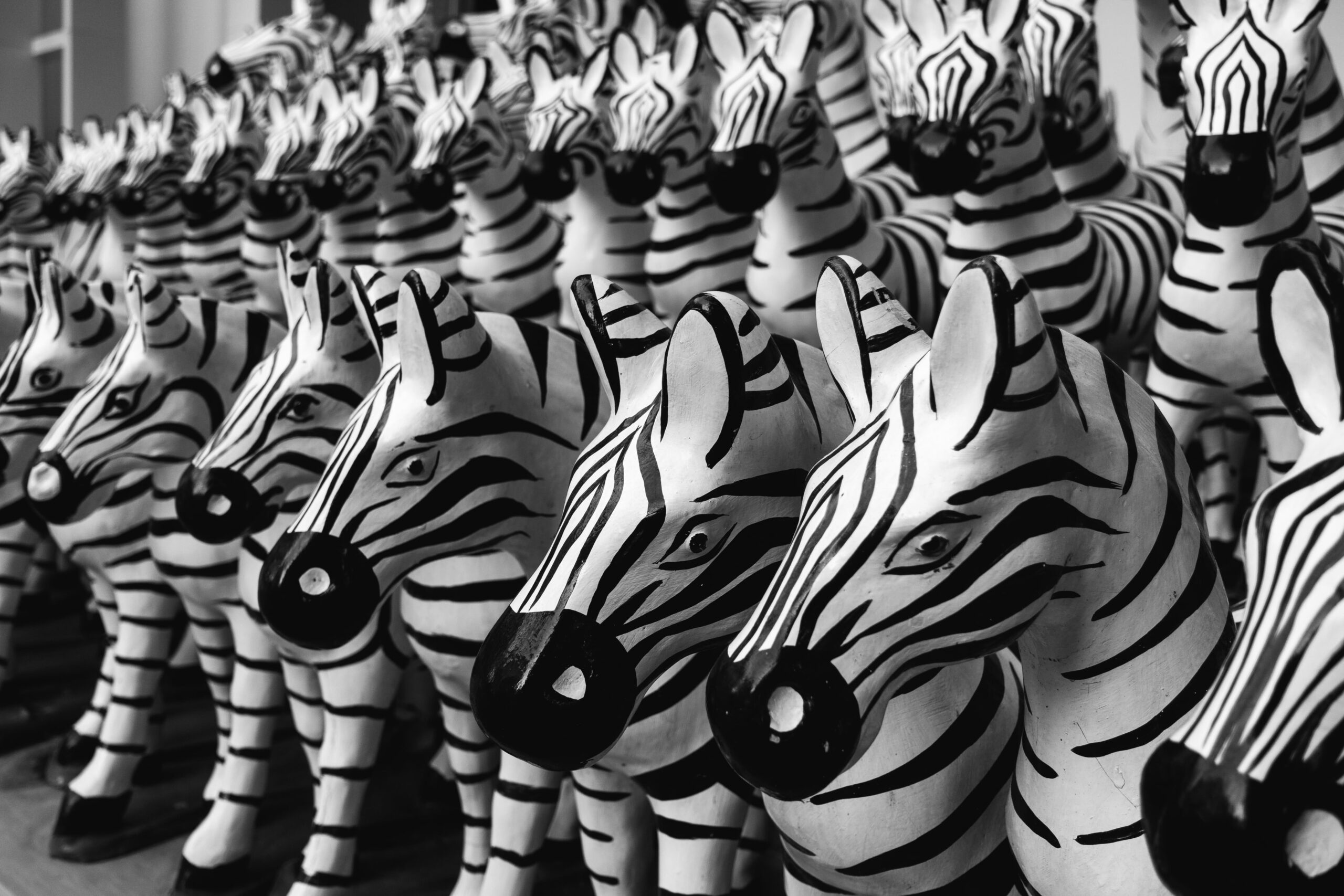
Supporters of this view argue that technology has sparked a replication epidemic, resulting in a pervasive sameness in creative outputs. The rise of social media and digital platforms has led to the rapid spread of trends, influencing artistic expressions. As a consequence, originality can take a backseat to conformity and the pursuit of popularity.
Research conducted by Huang and Yuchtman (2020) sheds light on the impact of digital trends on creative convergence. Their study reveals that exposure to popular trends through online platforms contributes to a convergence of creative expressions, potentially stifling unique ideas and styles.
The allure of gaining recognition and validation in the digital realm may discourage artists from exploring innovative paths and embracing their own distinct voices.
Deepfakes: Blurring the Line Between Real and Manufactured
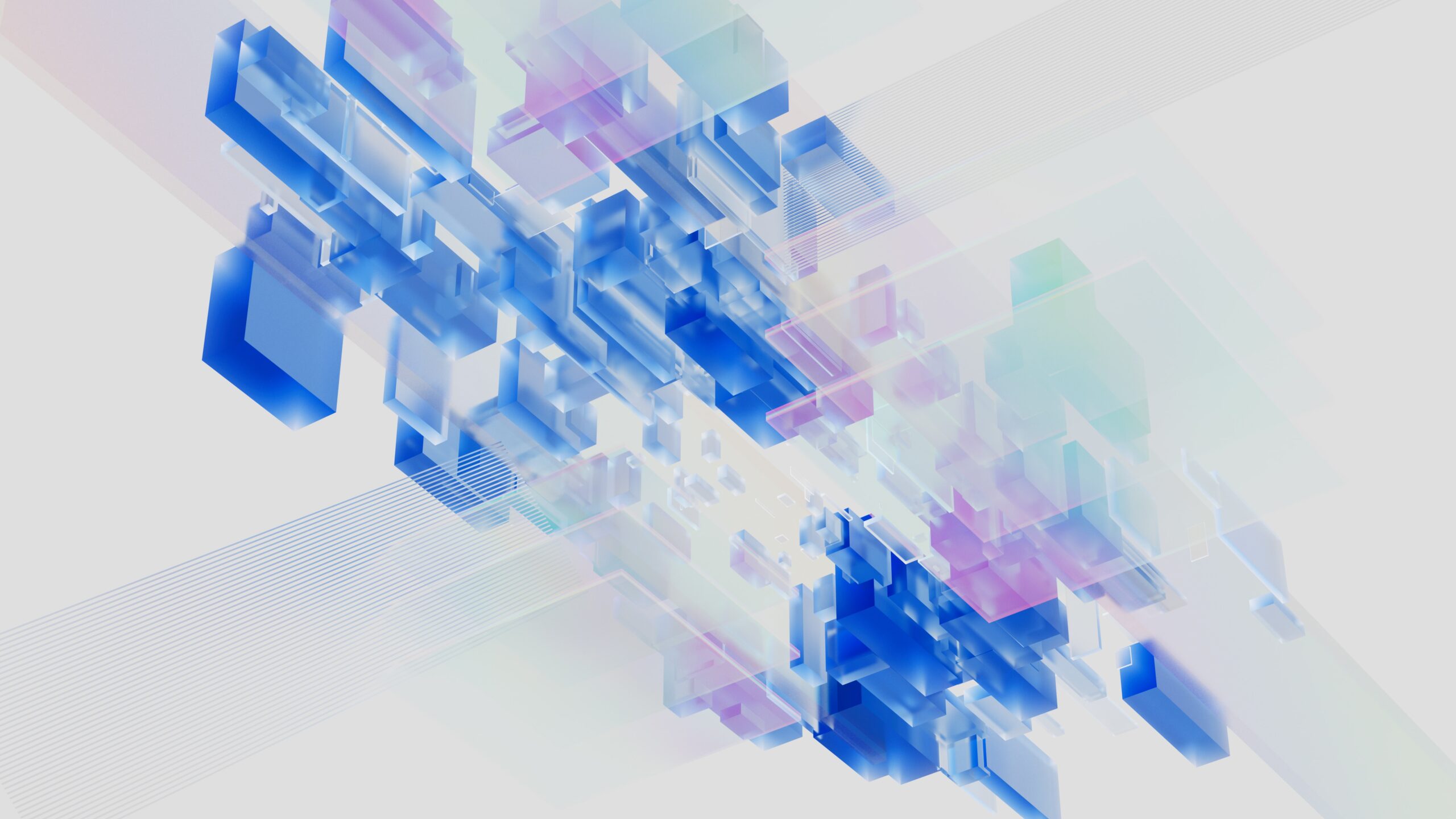
Another concern on creativity with technology centers around the advent of deepfake technology, which challenges the authenticity of creative outputs. Deepfakes refer to manipulated media, often using artificial intelligence, to create realistic but fabricated content. The boundary between reality and manipulation becomes blurred, raising ethical questions and casting doubt on the genuineness of artistic creations.
Nguyen et al. (2021) conducted research to explore the impact of deepfake technology on authenticity perception. Their findings reveal the potential negative consequences of deepfakes on our trust in creative works. As deepfake technology advances, the risk of losing faith in the authenticity of artistic expressions grows. This raises concerns about the erosion of originality and the preservation of genuine human creativity in an increasingly digitally manipulated landscape.
Overreliance on Technology: Diminishing Traditional Creative Skills
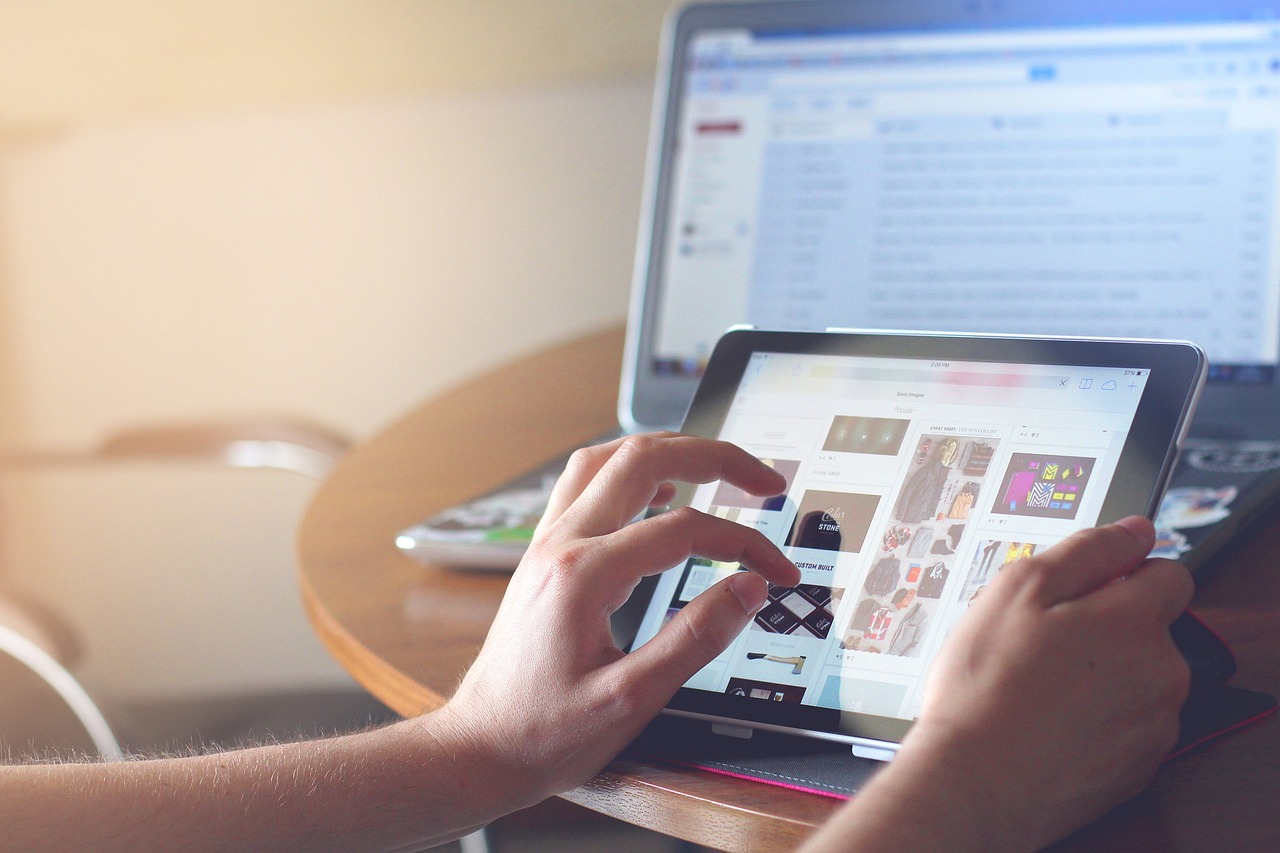
The widespread reliance on technology in the creative process has raised concerns about the diminishing importance of traditional creative skills. While technological advancements provide efficient solutions and streamlined workflows, there is a risk of overshadowing the manual artistry and craftsmanship that have long been integral to creative pursuits.
Sundar and Kim (2018) conducted a study exploring the effects of technology on traditional creative skills. Their research highlights the potential decline of manual artistic abilities due to increased reliance on digital assistance. As technology automates certain aspects of the creative process, there is a possibility that human ingenuity and imagination may be stifled, leading to a loss of unique perspectives and artistic voices.
The Case Against Innovation Killing Originality
Amplifying Creativity: Access to Vast Resources

In contrast to the concerns raised, proponents argue that technology amplifies and enhances creativity rather than stifling it. Technological tools provide artists with unprecedented access to vast resources, nurturing inspiration and expanding the possibilities for artistic expression.
Cho et al. (2019) conducted a study to explore the positive impact of technology on creative processes. Their research emphasizes how technology broadens creative horizons by enabling artists to explore diverse styles, techniques, and cultural influences from around the world. Digital platforms and online communities serve as virtual hubs for collaboration, feedback, and exposure to a wealth of artistic inspiration.
Encouraging Risk-Taking: Empowerment for Artistic Exploration

Technology serves as an empowering force, encouraging artists to push boundaries, take risks, and explore new frontiers. Digital tools and software provide artists with the means to experiment, iterate, and refine their ideas without significant financial barriers.
Mekler et al. (2020) conducted research to delve into the role of digital tools in fostering artistic exploration. Their findings illustrate how technology creates an environment conducive to risk-taking and experimentation. Artists can embark on creative journeys with the freedom to iterate, learn from failures, and discover novel artistic paths. The accessibility and flexibility offered by digital tools empower artists to overcome traditional constraints and unleash their full creative potential.
Algorithms as Gateways to Serendipity
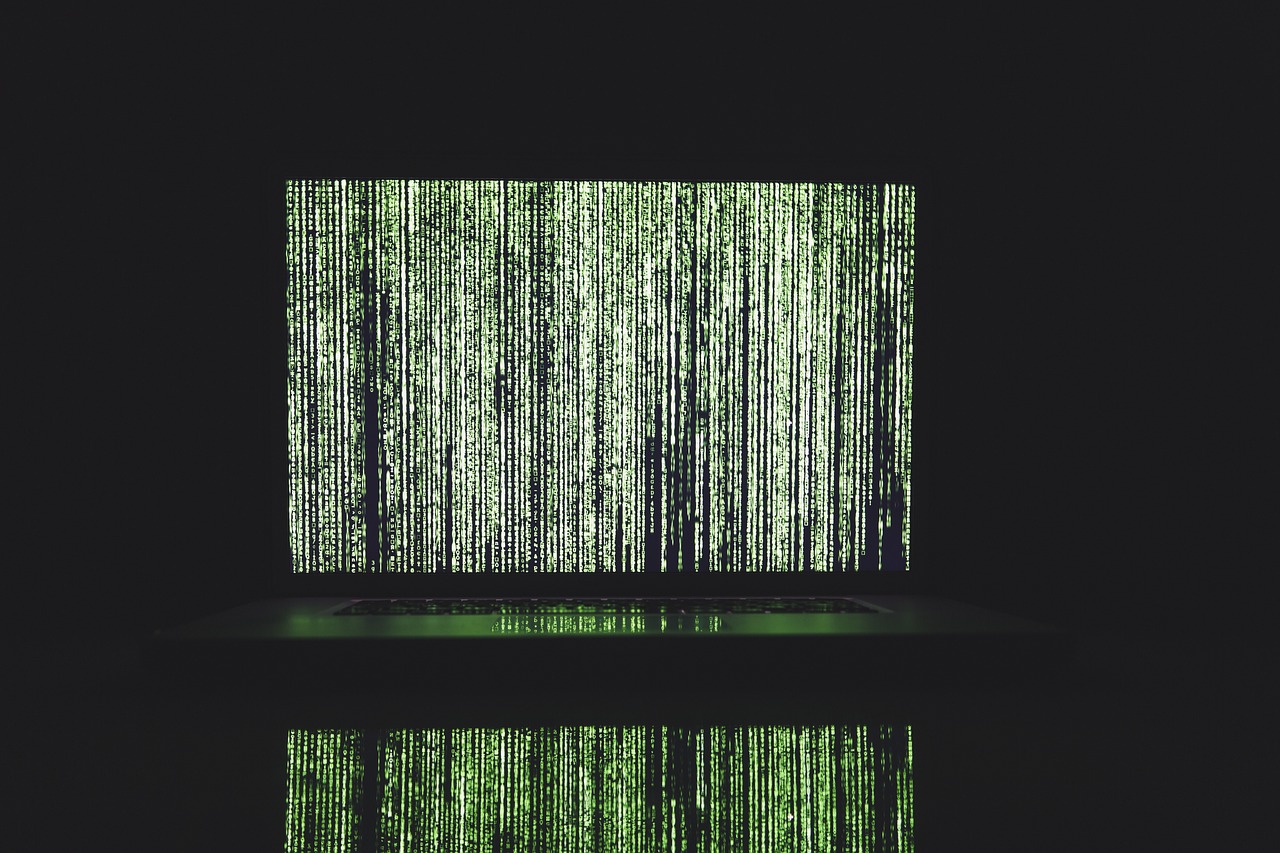
Algorithms, often criticized for their potential to promote homogeneity, can also act as gateways to serendipity and creative inspiration. Personalized recommendations and targeted content can introduce artists to new and unexpected sources of inspiration, expanding their creative repertoires.
Li et al. (2021) conducted research exploring the impact of algorithmic recommendations on creative diversity. Their study suggests that algorithms, when approached with an open mind, can expose artists to a variety of content and diverse artistic voices. By embracing algorithmic suggestions as a starting point rather than a limitation, artists can spark their imagination and weave unique narratives informed by a multitude of influences.
Striking a Balance: The Reader’s Perspective
As we navigate the intricate relationship between technology and creativity, it becomes evident that both arguments hold merit. The debate surrounding the dark side of creativity with technology necessitates a nuanced understanding of its complexities. Rather than arriving at a definitive conclusion, it is crucial to encourage dialogue, reflection, and introspection.
The true measure of success lies in leveraging technology to amplify our creative endeavors while preserving the essence of human imagination and originality. As we embrace the possibilities technology affords, we must be mindful of the potential pitfalls. Cultivating a balance between innovation and originality requires conscious decision-making, a commitment to personal artistic growth, and an unwavering belief in the power of individual expression.
In the end, it is up to each individual, artist, and creative enthusiast to navigate the delicate dance between innovation and originality. By fostering an environment that celebrates both, we can harness the transformative power of technology while preserving the unique essence of human imagination.
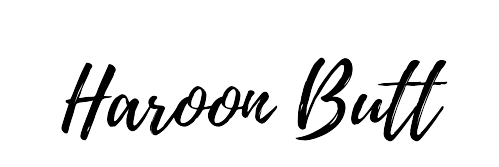
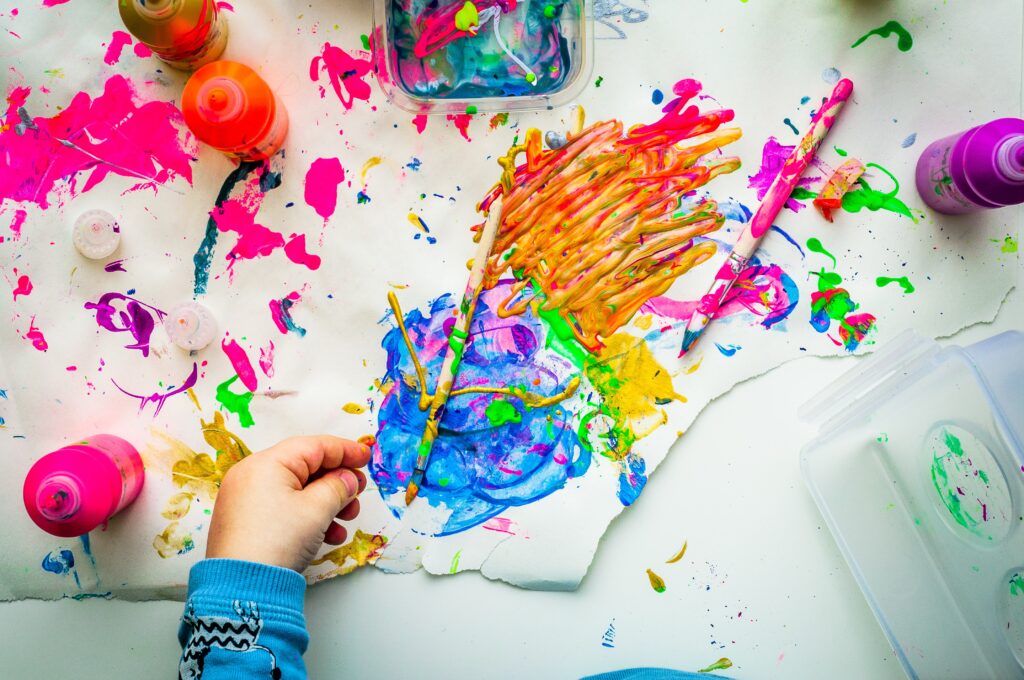
My argument is that learning simple math can be accomplished in more efficient, meaningful, and condensed ways. The prevalence of Khan Academy illustrates the negative aspects of US public education if educators are unable to impart such knowledge in the classroom and young children must turn to the platform.